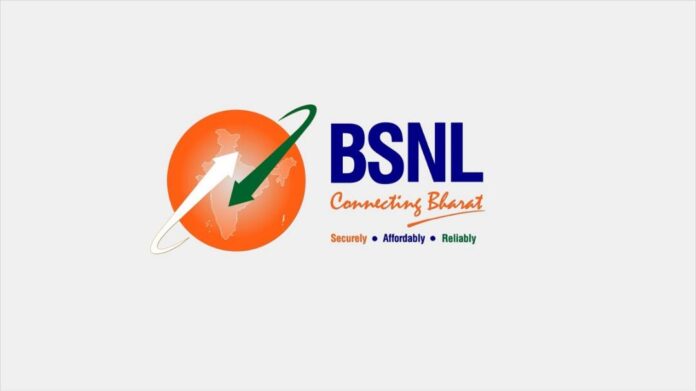The Department of Telecommunications (DoT) is gearing up to propose a significant voluntary retirement scheme (VRS) for Bharat Sanchar Nigam Limited (BSNL) to the Ministry of Finance. The scheme, expected to reduce BSNL’s workforce by approximately 35%, is part of a broader strategy to strengthen the state-run telecom giant’s balance sheet. The initiative follows BSNL’s board approval and seeks ₹15,000 crore from the government to fund the scheme.
Why the VRS is Needed
BSNL currently allocates around ₹7,500 crore annually—38% of its total revenue—to employee salaries. The proposed VRS aims to trim this figure down to ₹5,000 crore by reducing the workforce by 18,000 to 19,000 employees. With over 55,000 employees, including 30,000 non-executives and 25,000 executives, BSNL’s financial strain stems largely from its wage bill, making the VRS a crucial cost-cutting measure.
A senior government official confirmed the proposal’s objective: “BSNL’s board has recommended this VRS to streamline operations and improve the telco’s balance sheet. The initiative aligns with directives from the communications ministry.”

Process and Funding Plans
Once approved by the Ministry of Finance, the proposal will move to the Cabinet for final clearance. The ₹15,000 crore allocation will cover the VRS expenses, ensuring a smooth rollout. This follows the precedent set by the government’s 2019 revival plan, under which 93,000 employees of BSNL and Mahanagar Telephone Nigam Limited (MTNL) opted for early retirement.
Past Challenges and Current Goals
Despite a slight increase in revenue in FY 2023-24 to ₹21,302 crore, the telecom company has struggled to overcome hurdles such as asset monetization delays and salary payment issues for its downsized workforce. Additionally, regulatory roadblocks have impeded the company’s ability to generate revenue from its extensive asset base.
In recent years, the government has introduced multiple revival packages to alleviate the company’s financial stress. A ₹1.64 lakh crore package in 2022 supported balance sheet restructuring, capital expenditure, and AGR dues. In 2023, an ₹89,000 crore package allocated 4G and 5G spectrum, enabling BSNL to plan the rollout of commercial data services, fixed wireless access, and private networks.

What Lies Ahead for BSNL?
The proposed VRS is expected to help BSNL reduce operational costs and focus on its technological upgrades. However, the path forward involves overcoming challenges such as maintaining service quality with a leaner workforce and successfully leveraging government support to deploy advanced telecom services.
The telecom company’s strategic focus remains on aligning with the evolving telecom landscape while addressing its operational inefficiencies. With significant backing from the government and plans to modernize infrastructure, the company aims to reclaim its position in the competitive telecom market.
The VRS, while a tough decision, reflects the company’s commitment to long-term sustainability and growth. As the proposal moves through the approval process, BSNL’s success in implementing these changes will determine its future trajectory in India’s telecom industry.

